Getting Started with Cobot Deployment: What Should Businesses Look For?
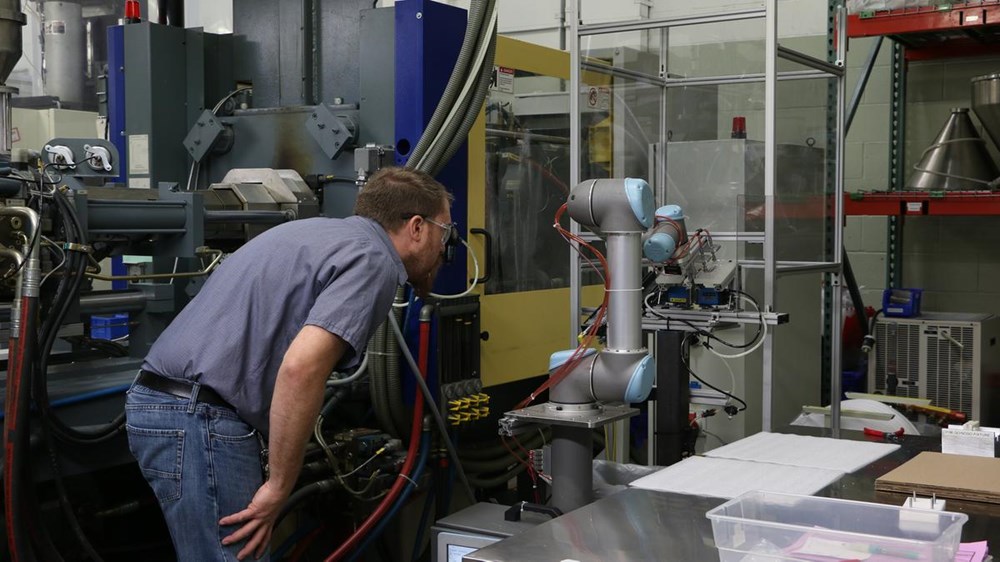
Collaborative robots (cobots) have been used in manufacturing for the past 10 years. Initially, cobots were considered a laboratory experiment by manufacturers around the world. They would buy one or two cobots, send them to an innovation center for testing, but never see them on the factory floor. Today, robots are used in many industries around the world.
For small and medium-sized manufacturers who cannot afford to hire an army of automation engineers, cobots are a dream come true. The benefits of robots in manufacturing are that they help companies solve the problems of labor shortages, economic instability, and competitive pressures. In addition, implementing cobots does not require much time, manpower, or financial resources – this is a real game changer for many businesses.
When talking to these businesses, the most common question I get is: “Where should I start?” While it is undeniable that every business is different, there are a few things I recommend manufacturers observe when considering the application of robots. Observe your employees to determine which tasks are ideal for automation with cobots:
WHAT STEPS MAKE WORKERS HAVE TO WAIT FOR COMPLETION BEFORE THEY CAN CONTINUE WITH THEIR WORK?
When workers have to wait for a process to complete before they can move on to the next step, it means businesses are wasting time and money.
WHAT ARE THESE JOBS SO SIMPLE THAT BUSINESSES DON'T WANT TO WASTE WORKER PERFORMING THEM?
For example, packing parts into boxes, CNC machining, moving parts from one line to another, screwing, or loading/unloading products onto/off a turntable. These are tasks that a robot arm can do. Why not use a cobot and assign workers to more valuable tasks?
WHAT JOBS CAN BE BREAK UP INTO MORE TAKEAWAYS OR MAKE UP MORE TASKS?
I have seen employers combine tasks in a job into one. The idea behind this end-to-end package is to make the job less boring. However, the truth is that a series of boring tasks is still boring.
Look for jobs where the current worker only does one or two tasks. Unlike humans, a robot with a “hand” or arm is usually good at doing a job that only requires one or two steps. You can also use a robot that does more than one step. In some cases, this requires the robot to switch hands. Switching hands is possible, but it increases the cost and complexity. For example, a typical two-step job that a robot hand can do is to remove a part from a machine and inspect it.
WHICH WORKER DOESN’T SMILE WHILE WORKING?
Facial expressions or body language indicate that a person is bored or apathetic. Chances are you’re not tapping into their potential to add real value to your production process.
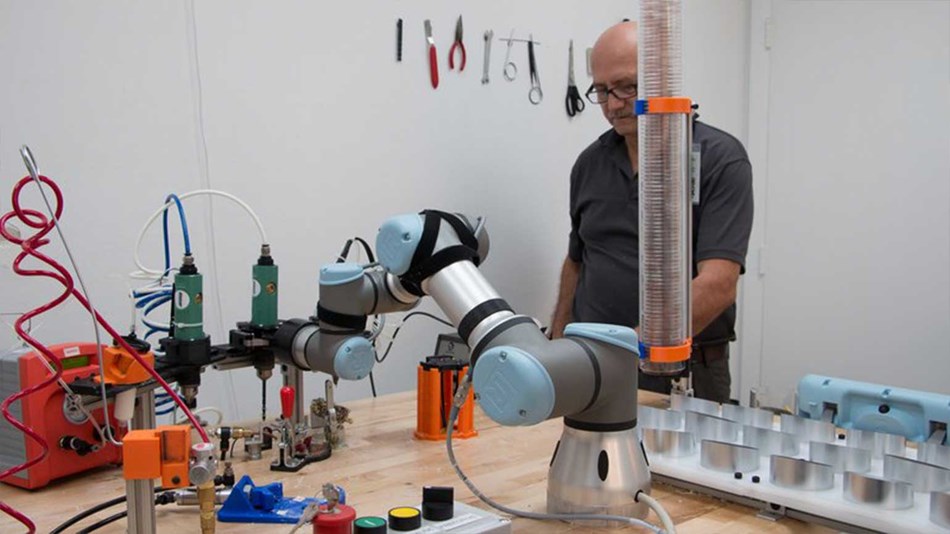
Universal Robots Solves Manufacturing Challenges at Creating Revolutions
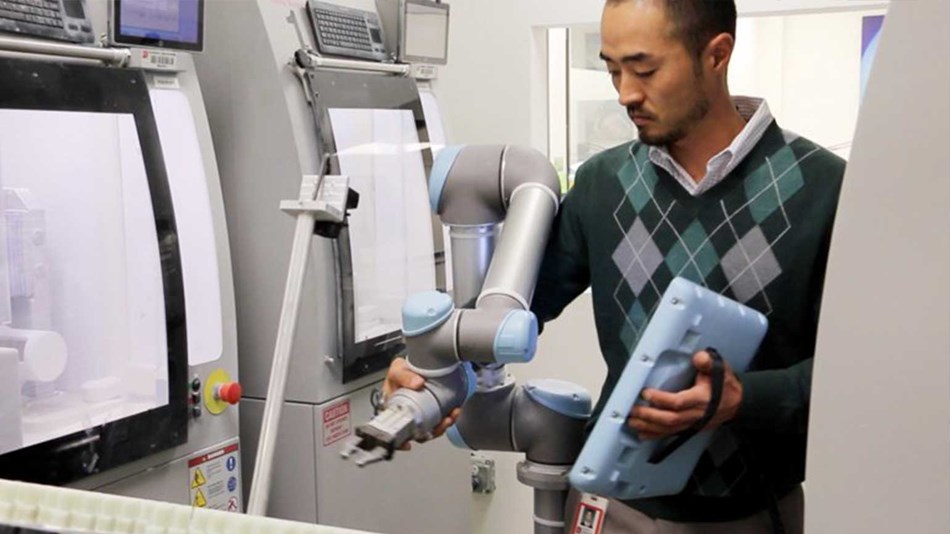
Glidewell Laboratories Optimizes Production Line in Up to 9 Hours with Collaborative Robots
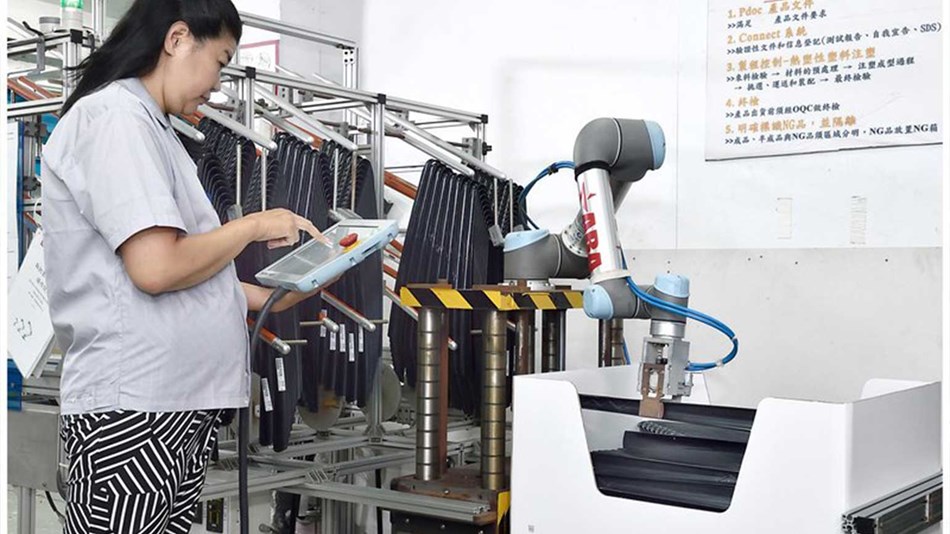
Universal Robots collaborative robots are performing core injection molding applications
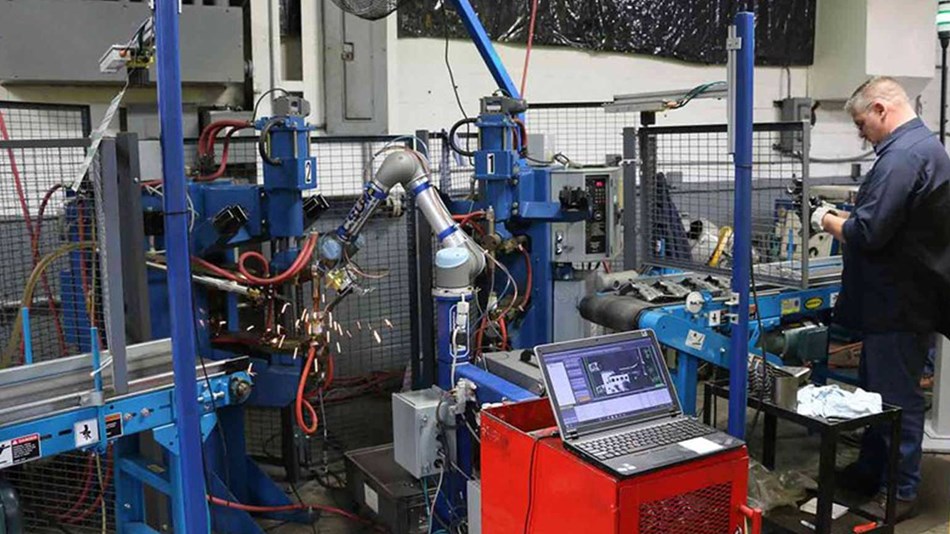
Cargo handling application with Universal Robots collaborative robots
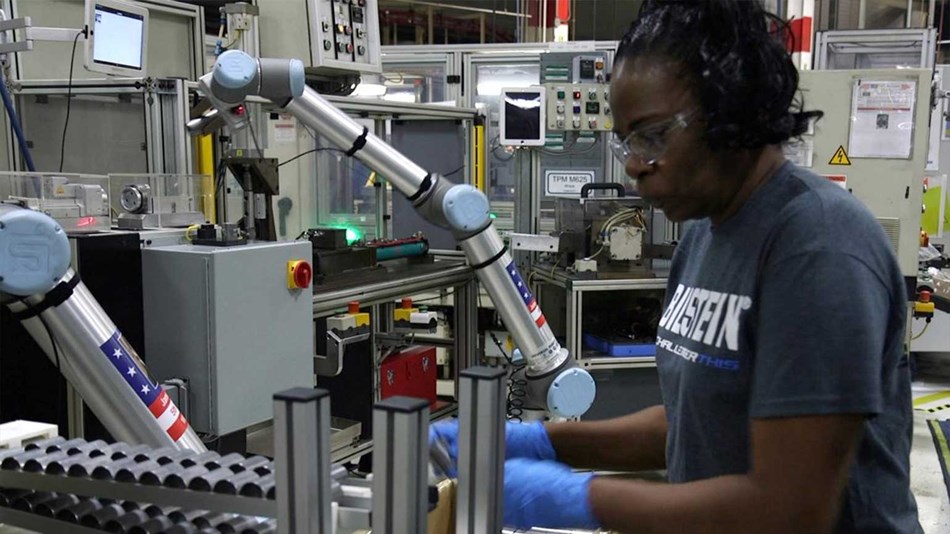
Universal Robots at Thysskrupp
WHAT ARE WORKERS DOING WITH THEIR HANDS?
Humans have amazing hands that enable us to perform complex tasks. Robots are not as lucky. Industrial robot arms use suction cups to pick up objects or two-finger grippers to grasp objects like we would a glass of water. But for tasks that require finger dexterity, cobots are not or are not yet suitable candidates.
Cobots have many potential applications. If your business is wondering whether autonomous robots can really help your business increase productivity, improve quality and cut costs, the first thing to do is visit your production floor and watch your workers at work. I guarantee that this experience will help you a lot in determining where and how to start. What do you see when you watch your workers work? Which tasks do you feel are better suited for cobots?
Article source: universal-robots.com
